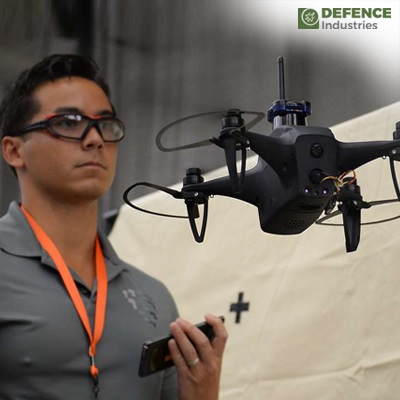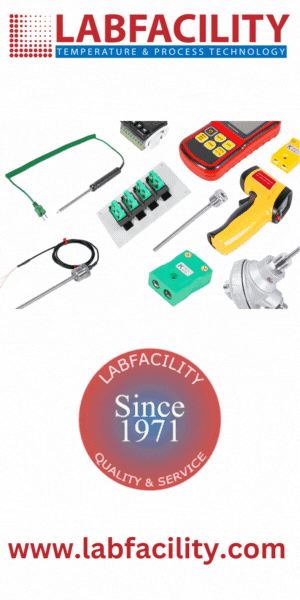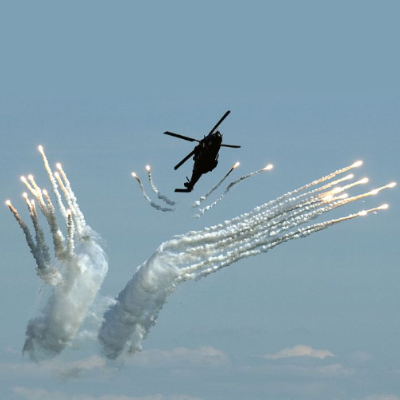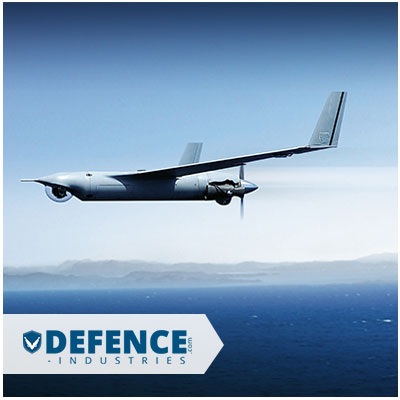Emerging Trends in Military Robotics and Drones 29 June 2024

The successful application of robotics systems and drones has become one of the most important features and a critical determinant of present and future warfare and military strategies. Civilian and military technologists are advancing new gizmos that are revolutionizing the theatre of war and empowering the tri-force with operational superiority. Reading this article, the reader is exposed to modern trends in the use of military robotics and drones, their advantages and disadvantages, and the prospects for their further development.
1. Introduction to Military Robotics and Drones
Some of the earliest uses of technology in the military include military robotics and use of drones in military can be dated back to World War I. All such technologies present many benefits that include among others the following: the technologies assist in reducing the death of individual soldiers other than the surveillance and reconnaissance functions; the technologies operate very efficiently and selectively within the concerned areas affected.
2. Evolution of Military Robotics and Drones
The history of military robotic and drones can be attributed to the world war one where the forerunner of R/C aircraft was first used. Since then the advancement in technology has given a breakthrough to design and implement such systems. The incorporation of artificial intelligence, machine learning, and better sensors have increased their efficiency as well as independence to some extent.
3. Key Applications of Military Robotics and Drones
3.1 Surveillance and Reconnaissance
Surveillance and reconnaissance are the most common uses of military drones with the primary intention of spying. Unmanned aerial vehicles with quality payload such as high end cameras and sensors offer ISR functions. They can function at different heights which means they acquire big and precise imagery and data from the air and on the ground.
3.2 Combat Operations
The military uses drones and robots for combat purposes in modern warfare. Modern drones for example the MQ-9 Reaper come with precision-guided weapons systems that allow for strikes on high-value enemy targets with considerable impact on other targets in the vicinity to be minimized. Some of types of ground robots are MAARS (Modular Advanced Armed Robotic System) that are used for such purposes as demolition of bombs, reconnaissance operations, and direct confrontation with enemies.
3.3 Logistics and Supply Chain Management
Unmanned systems are also changing the face of military supply chain and transportation in particular. UGVs and UAVS can deliver transport supplies, ammunitions, and medical needs without endangering human lives to convey in dangerous terrains. Better operational realization of goals through control ends up in diminishing the risk to personnel.
3.4 Search and Rescue Operations
Robotic systems are very useful when it comes to situations where a physical search must be done especially in territorial or geological areas that are not friendly. The UAV with thermal and other sensing capabilities are used to detect survivors in disaster affected areas while the ground robots help clear debris to enable rescuers to reach the trapped people.
4. Technological Advancements Driving Military Robotics and Drones
4.1 Artificial Intelligence and Machine Learning
AI and ML are important in the development of armed forces robotics and drones.
These technologies make it possible to give the unmanned systems the full autonomy to make decisions about tasks to be accomplished on their own. AI can utilize big data to receive information in real-time and increase situational understanding that leads to better missions.
4.2 Advanced Sensors and Imaging Systems
The improvements in the systems of detection and imaging have led to a cult like improvement of the two most strategic assets; military drones and robots. These systems can take the high resolution pictures, detect heat patterns and even some level of detail of environment surrounding the area. Other modern technologies being applied to target acquisition and surveillance include the multi-spectral and hyperspectral imaging systems.
4.3 Enhanced Communication and Networking
Secure and reliable communication and networking are critical needs due to the dependence of the unmanned systems. Sustainable implementation of standard for robotic and drones results in the establishment of secure, high bandwidth communication networks for synchronous transmission of data and control of multiple drones and robots. Satellite communications and most advanced form of encryption makes communication secure and effective in different terrains.
4.4 Improved Battery and Power Systems
Progress in battery and power system has pushed the operational distance as well as the endurance of military drones and robotics to greater levels. These systems are incorporating high-capacity lithium-ion batteries for more duration and less consignment troubles, fuel cells and solar power technologies.
5. Challenges and Ethical Considerations
Despite the advantages the use of military robotics and drones it come with a number of drawbacks and ethical considerations.
5.1 Technological Limitations
Even now, the development is fast and it is seen that there are some technological barriers which influence the capability of unmanned systems. Some of these are short battery life, susceptibly to electronic jamming, and self-navigation in crowded environments among others.
5.2 Legal and Ethical Concerns
Thus the deployment of autonomous systems in warfare point towards some legal and ethical concerns. Some of them are: accountability for conducted operations, and chances for civilian loss, legal aspects of international humanitarian law regulating operations. To achieve the essential goal, it becomes crucial to regulate the autonomous systems in existence to be operated responsibly and ethically.
5.3 Security and Cyber Threats
Ignorance of the fact that the world today relies heavily on unmanned systems exposes such systems to cyber threats. These systems may face hacking, jamming and spoofing that affect the functionality and integrity of the system. Durability of cybertechnology security and reliability of communication systems are imperative in order to manage such threats.
6. Future Prospects and Emerging Trends
The following are the future trends or deceptions of military robotics and drones.
6.1 Swarm Technology
Swarm technology integrates the use of several drones or robots, so that they work collectively in order to complete a specific task or mission. It immensely benefits a force since swarms can accomplish tasks that single units cannot do as well or as efficiently. This technology is very useful in surveillance, reconnaissance and combat related activities.
6.2 Human-Machine Teaming
A human-machine teaming refers to the use of man and machine as an integrated system. It means that it benefits from the merging of complementary skills of humans and computers to improve decision-making and operations. Augmenting interfaces for human machine interactions are being designed and created to enhance interaction between the two.
6.3 Hybrid and Modular Systems
Hybrid and modular systems are more flexible and feasible in the military applications because of the difference circumstances. These systems may be utilized for different missions in that they may incorporate different sensors, payload, and equipment. This modularity helps in reducing cost and increases the application of unmanned systems in different ways.
6.4 Enhanced Autonomy
The advancement of potent AI and ML algorithms will elaborate the self-sufficiency of military drones and robots. Future systems will have ability of learning from experience, being able to adapt to dynamic environments and perform more complicated tasks with the least control from man.
6.5 Integration with Other Technologies
New technologies like blockchain, quantum computing, and 5G networks, when applied to physical military robotics and drones, will mean additional capabilities and improvements in other areas. These technologies will boost data security, advance the communication, and allow data processing and analysis in a real time mode.
Conclusion
Military robotics and drones are one of the decisive tendencies in armed conflicts today. Their usage and operations are continuously growing because of the steady technological developments in the field. That being said, there are quite a lot of concerns and risks that are linked to their application and have to be addressed.







